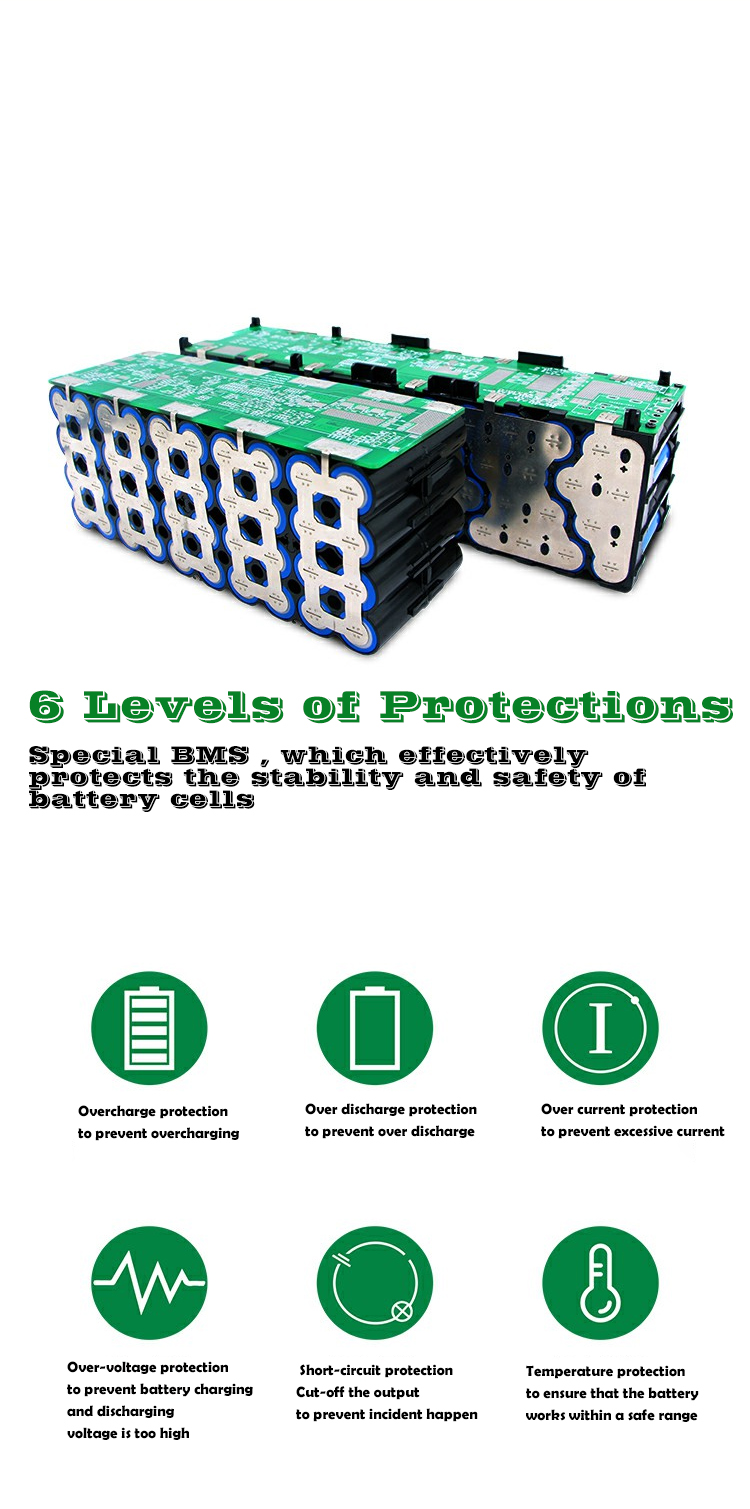- 22
- Dec
What are the ways to disassemble and recycle lithium iron phosphate batteries?
What are the methods for dismantling and recycling lithium iron phosphate batteries? Among the decommissioned lithium iron phosphate batteries, the batteries that have no value for the use of stairs and the batteries after the stairs are used enter the disassembly and recycling stage. Lithium iron phosphate batteries are different from ternary material batteries in that they do not contain heavy metals and are mainly recycled from Li, P, and Fe. The added value of recycled products is low, and low-cost recycling methods need to be developed.

What are the methods for dismantling and recycling lithium iron phosphate batteries?
Among the decommissioned lithium iron phosphate batteries, the batteries that have no use value for the stairs and the batteries after the stairs are used enter the disassembly and recycling stage. Lithium iron phosphate batteries are different from ternary material batteries in that they do not contain heavy metals and are mainly recycled from Li, P, and Fe. The added value of recycled products is low, and low-cost recycling methods need to be developed. There are mainly two recycling methods: painting method and practice method.
ලිතියම් යකඩ පොස්පේට් බැටරිය
Drawing method recycling process
The traditional drawing method of lithium iron phosphate battery d is generally to burn the electrode at a high temperature. The carbon and organic matter in the electrode fragments are burned, and the incombustible remaining ash is screened as a fine powder material containing metals and metal oxides. The method has a simple process, but has a long processing process and a low comprehensive recovery rate of oil and gas.
Improved drawing recovery technology is to remove the organic adhesive by calcination, and separate the lithium iron phosphate powder from the aluminum foil to obtain the lithium iron phosphate substance, and then add an appropriate amount of raw materials to obtain the required molar ratio of lithium, iron, and phosphorus. Synthesis of new lithium iron phosphate by high temperature solid phase method. In terms of cost, waste lithium iron phosphate batteries can be reclaimed through the improved drawing method dry method to obtain benefits, but according to this recycling process, the newly prepared lithium iron phosphate has many impurities and unstable performance.
wet recycling process
The wet recovery of lithium iron phosphate batteries mainly dissolves the metal ions in the lithium iron phosphate battery through acid-base solutions, and extracts the dissolved metal ions into oxides, salts, etc., using methods such as precipitation adsorption, and uses H2SO4, NaOH in the reaction process , H2O2 and most of the reagents. The wet recycling process is simple, the equipment requirements are not high, and it is suitable for industrial-scale production. Scholars have studied the mainstream waste lithium-ion battery treatment route in China.
The wet recycling of lithium iron phosphate batteries is mainly to recover positive. When using the wet process to recover the lithium iron phosphate cathode, the aluminum foil current collector must first be separated from the anode active material. One of the methods is to dissolve the current collector with lye, the active material does not react with the lye, and the active material can be obtained through filtration. The second is an organic solvent, which can dissolve the adhesive PVDF, separate the lithium iron phosphate cathode material from the aluminum foil, and then use the aluminum foil to perform subsequent processing on the active material. The organic solvent can be recycled after distillation. Compared with the two methods, the two are more environmentally friendly and safer. One of the recovery of lithium iron phosphate in the anode is the production of lithium carbonate. This recycling method has low cost and is adopted by most lithium iron phosphate recycling companies, but the main component of lithium iron phosphate (content 95%) is not recycled, resulting in a waste of resources.
The ideal wet recycling method is to convert the waste lithium iron phosphate cathode material into lithium salt and iron phosphate to realize the recovery of all elements of Li, Fe, and P. Lithium iron phosphate must be converted into lithium salt and iron phosphate, and ferrous iron must be oxidized to trivalent iron, and the lithium must be leached with acid needle or alkaline soaking water. Some scholars used oxidative calcination to separate aluminum flakes and lithium iron phosphate, and then leached through sulfuric acid to separate crude iron phosphate, and used the solution as a sodium carbonate for impurity removal to precipitate lithium carbonate.
The filtrate is evaporated and crystallized with anhydrous sodium sulfate as a by-product. Crude iron phosphate can be further purified for battery-grade iron phosphate and used in the preparation of lithium iron phosphate materials. After years of research, this process has become more mature.
